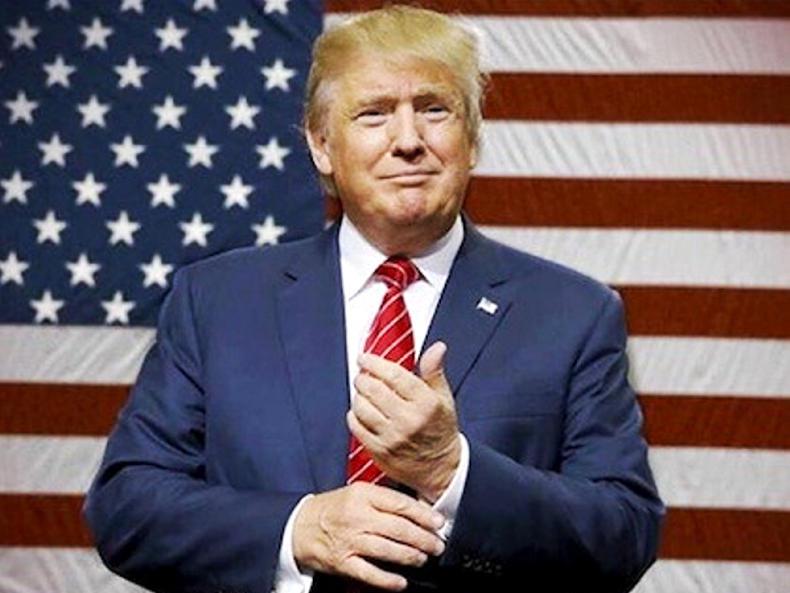In his first piece of major legislation passed, President Donald Trump signed the 2017 Tax Cuts and Jobs Act into law on 22 December, 2017. The new tax bill came into effect at the start of 2018 and was the largest overhaul of the US tax code in 30 years.
The bill cuts the corporate tax rate from 35% to 21% and limits the top individual tax rate to 37%. It also cuts income tax rates, doubles the standard deduction, and eliminates personal tax exemptions.
The corporate cuts are permanent, while the individual changes may expire or “sunset” in 2025. At that point they will revert to the previous tax law if Congress does not act again to extend the new arrangements or make the changes permanent.
Overall, the new tax bill is likely to provide significant benefits to US farmers but there are a number of provisions which may cost some farmers more. While there are still many details to be released, we look here at some of the key tax changes likely to affect US farmers.
Tax bracket changes
While the seven current tax brackets have not changed, the top rate will fall from 39.6% to 37%. This will benefit high-earning farmers. In addition to this, the income threshold covered by the lower brackets has been adjusted upwards.
Corporate tax rate
Farms which are operating under a corporate structure (c-structure) are now subject to a new flat 21% corporate tax rate. However, this may mean that some farmers will have to pay this higher level of corporation tax.
Many farmers no longer operate under the c-structure but the remaining ones would have typically fallen within the lower 15% tax bracket. Therefore under the new flat tax rate, those farmers may incur a 6% tax increase.
Repeal of the Estate Tax
Under previous law, the federal government taxed some property upon transfer of an inheritance to an heir. This is known as the estate tax, or sometimes referred to as the “death tax”.
An estate must pay taxes when the assets exceed a specific dollar figure, known as the exclusion rate, and this was set at $5.5m in 2017. Any property or farm which exceeded this value was subject to an inheritance tax of 40%.
Hailed as a key success by the Trump administration, the exclusion rate was doubled for the farming community.
The new exemption limit is set at $11m for individuals, meaning those who inherit estates up to that value will not be taxed.
However the need for such an exemption has been questioned. According to the US Department of Agriculture only 1.3% of farm estates needed to file an estate-tax return in 2016 under the $5.5m exemption level and just 0.4% had to pay.
Section 17
Up to 2018, businesses generally wrote off the cost of their capital investments (eg buildings, equipment) over time, up to 39 years in some cases.
However in the beginning of the 2018 tax year businesses, including farmers, will be allowed to immediately write off capital purchases such as farm equipment, breeding stock and single-purpose structures (for example milking parlours) valued at up to $1m in one year, as opposed to over many years.
Like-kind exchanges
Farmers are allowed to swap land in exchange for other land tax-free, as was the case up to 2017. However equipment trade-ins will no longer be a tax-free event.
Lower tax rates on pass-through businesses
Pass-through businesses refer to businesses such as sole proprietorships, partnerships, s-corporations, and other businesses in which income is passed through to the owners of the businesses. They do not include the traditional corporation (c-corporation).
The previous tax rate on pass-through businesses was based on individual income tax rates imposed on the owners of the businesses. This rate could be as high as 39.6%, which is the top individual marginal rate.
The new tax law would lower the tax rate on business income to 25%. This change is particularly helpful to farmers because a large proportion of farms are formed as pass-through businesses (more than 94% of all farms).
Breweries, distilleries and wineries.
Alcohol manufacturers will enjoy a two-year excise tax reduction. The credit against the wine excise tax was also expanded. Sparkling wine producers are also included.
Less rules, more trade – Missouri director of agriculture
Trump pledges lower taxes and environmental constraints for US farmers










SHARING OPTIONS